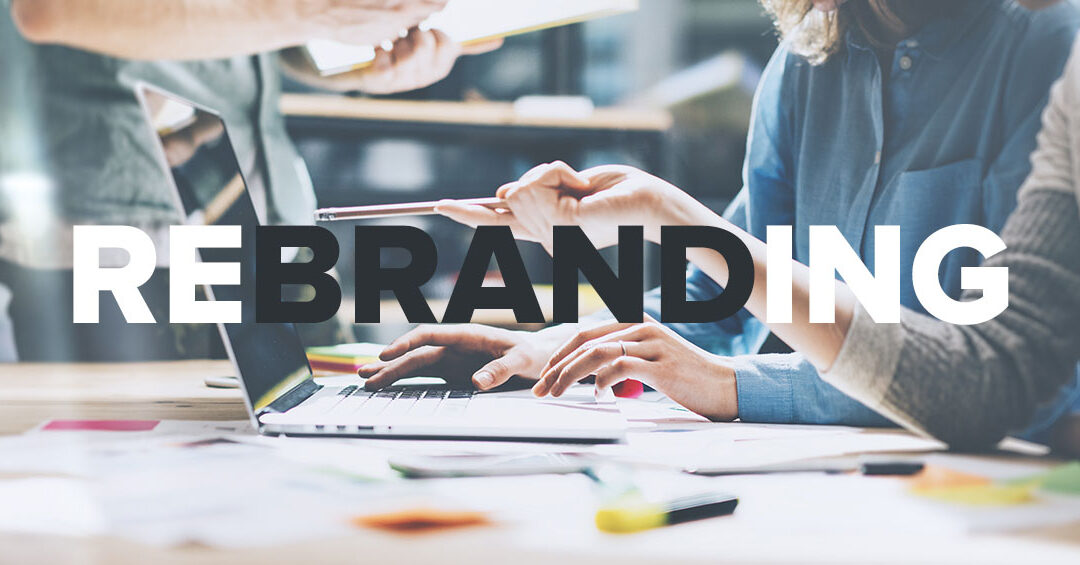Rebranding is more than just slapping on a new logo or changing your company color scheme. It’s an intricate process that involves strategy, careful planning, and a deep understanding of your brand’s ethos, target market, and vision for the future. Done right, a rebrand can breathe new life into your business, boosting its market value and expanding its consumer base. Done wrong, and you risk alienating your loyal customers and muddying your brand image.
In this article, we’ll delve into what makes a rebranding effort successful, and we’ll look at some examples of companies that have excelled in this venture.
The Core Elements of Rebranding
- Understanding the Need: A rebrand should only be undertaken if there’s a clear reason for it — be it a change in market strategy, a desire to reach a new demographic, or a need to reflect corporate growth and evolution.
- Market Research: Understanding your existing customer base, as well as the target audience, is critical. Market research should be carried out extensively to get these insights.
- Involving Stakeholders: This includes employees, partners, and even long-term customers. Their input can provide invaluable insights into the rebranding process.
- Consistency: Every element, from your logo to your website to your marketing collateral, needs to be consistent to make the rebrand successful.
- Communication: Keep your stakeholders informed throughout the process to prepare them for the change and to manage expectations.
- Implementation: This is where the rubber meets the road. Every touchpoint with the consumer should reflect the new brand.
Successful Examples of Rebranding
Apple
Before the early 2000s, Apple was just another tech company struggling to find its place in a Microsoft-dominated world. The introduction of the iPod, followed by the iPhone, allowed Apple to redefine itself as a lifestyle brand focused on design and user experience. The minimalist Apple logo we know today embodies that philosophy perfectly.
Old Spice
Remember when Old Spice was just a brand your grandfather used? Their 2010 rebrand, with the “Smell like a Man, Man” campaign, completely transformed their image. They went from outdated to viral sensation overnight, attracting a much younger demographic.
Airbnb
In 2014, Airbnb rebranded to reflect its growth from a small startup to a global community. Its new identity, represented by the symbol they named “Bélo”, signifies belonging and is designed to be shared across languages and cultures.
Coca-Cola
Coca-Cola’s rebranding in 2011 shifted its focus from being just a drink to promoting a way of life — ‘Open Happiness’. Although the product remained the same, this strategic shift in messaging has helped it maintain its position as a global leader in the beverage market.
Lessons Learned
- Clarity and Focus: Be clear about why you are rebranding and what you hope to achieve.
- Customer Centricity: Always keep the customer in mind. A rebranding that doesn’t resonate with the target audience is doomed to fail.
- Consult and Test: Rebranding should not be done in isolation. Consult stakeholders, conduct A/B tests, and gather as much data as possible before going live.
- Invest in Communication: A well-executed rebranding can be diluted therefor, if not communicated properly to the internal team and the public.
- Maintain Core Values: While your image may change, the core values that your brand represents should remain consistent.
Rebranding is a challenging yet rewarding process when executed with precision and strategy. It’s not just about the visual elements but involves an overarching approach to how the brand communicates and interacts with its audience. Because take cues from the successes and missteps of brands that have undergone this transformation to guide your own rebranding journey.


Recent Comments